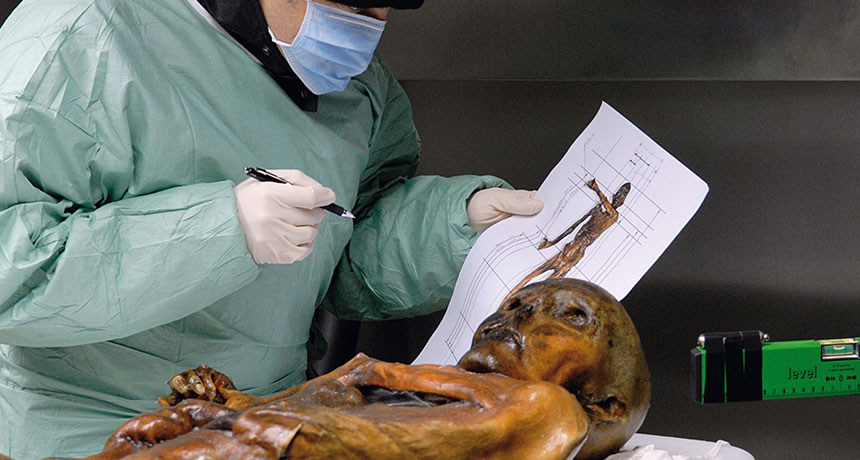annual Adjective for something that happens every year.
blood vessel A tubular structure that carries blood through the tissues and organs.
computerized axial tomography (CAT or CT, for short). A special kind of X -ray scanning technology that produces cross-sectional views of the inside of a bone or body.
Copper Age A cultural period in human history that fell between the Stone Age and Bronze Age. It took its name from the fact that some metal-age cultures began fashioning weapons and other tools from copper. It ran from about 4500 B.C. until roughly 3500 B.C.
depression A low spot, such as in a field or the surface of a rock.
forensics The use of science and technology to investigate and solve crimes.
fracture (noun) A break. (verb) To break something and induce cracks or a splitting apart of something.
weather Conditions in the atmosphere at a localized place and a particular time. It is usually described in terms of particular features, such as air pressure, humidity, moisture, any precipitation (rain, snow or ice), temperature and wind speed. Weather constitutes the actual conditions that occur at any time and place. It’s different from climate, which is a description of the conditions that tend to occur in some general region during a particular month or season.
X-ray A type of radiation analogous to gamma rays, but having somewhat lower energy.








